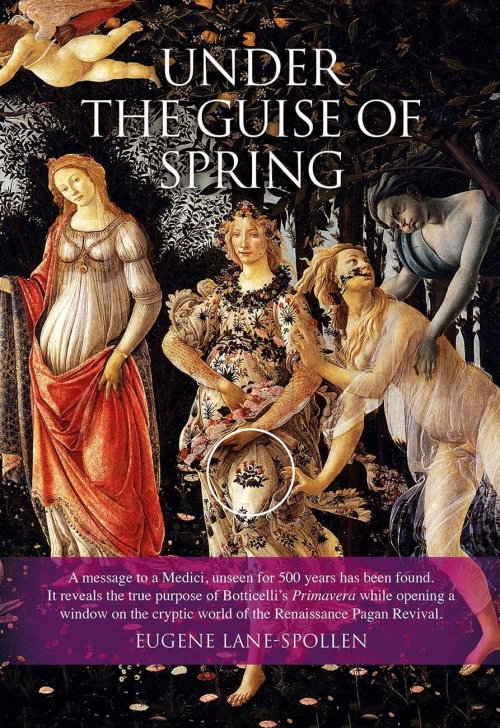Eugene Lane-Spollen, now retired from a senior management role in a multinational corporation, spends his time between Provence, the Far East, Ireland and Florence. He has devoted the last decade to researching the background to the subject.
He shares his experience here: “I WALKED not far from where Botticelli lived and worked and along the narrow streets retracing the footsteps of Verrocchio and Michelangelo, where the workshops of great artists had once teemed with aspiring apprentices. I passed the palazzi of the merchant aristocracy and turned towards the austere Medici palace near where the ‘old house’ of Cosimo de’Medici once stood, and then to the famous cathedral where Lorenzo the Magnificent’s brother was murdered during mass. A short distance away I looked up to the windows of the ancient seat of government from which a fully robed archbishop was hanged, and in front of which the Dominican friar Savonarola was burned at the stake. Just beyond the corner of the piazza, I entered the portico of the Uffizi. I took the little elevator to the Leonardo and Botticelli rooms where people drifted from picture to picture. Nobody was standing in front of the famous Primavera.
“Fascinated by the idea that behind its beauty lay some unfathomable meaning, I settled down to absorb its mood. I remember thinking that the room’s own sombre atmosphere shared an ambiance with this strangely joyless spring. The figures were not only detached from each other, but also from the moment. The cadenced dancers, their awkward hand structure, the seemingly remote Mercury and the unusually chaste Venus – all were composed in a different key from the late medieval conception of spring. I was examining the dark, tall trees with their vaulted spaces in between when a group of latecomers arrived. Though I was still intrigued, the moment had passed. I gathered myself and my questions together and made my way out under the portico to where statues of Lorenzo the Magnificent, Marsilio Ficino, a Medici tutor and Florence’s leading philosopher, and Leonardo da Vinci presided from their alcoves. For them, like the owner of the painting, there would have been no mystery. My fascination with this famous enigmatic painting persisted through the Provence winter and much of the following summer.
“Finally I was drawn back, entertaining a hope that my interim reading and a fresh look would deepen my understanding. I took up a position on the same bench and, with the aid of a very small pair of binoculars I was in the habit of carrying, examined an area of the painting which had previously caused me to hesitate. After several minutes Botticelli’s extraordinary communication took form. Being in full view, it is there for all to see. As it dawned on me that, by the nature of his message, the painter had revealed his subject – the elusive genre which removed the single biggest obstacle to a full understanding of the painting – I knew I was committed. Little did I realise the nature of the journey I was embarking upon or the riches I would encounter. Before that second visit I had felt that my observations contained a hint of something. That afternoon I knew that they did, and also what that something was.”




